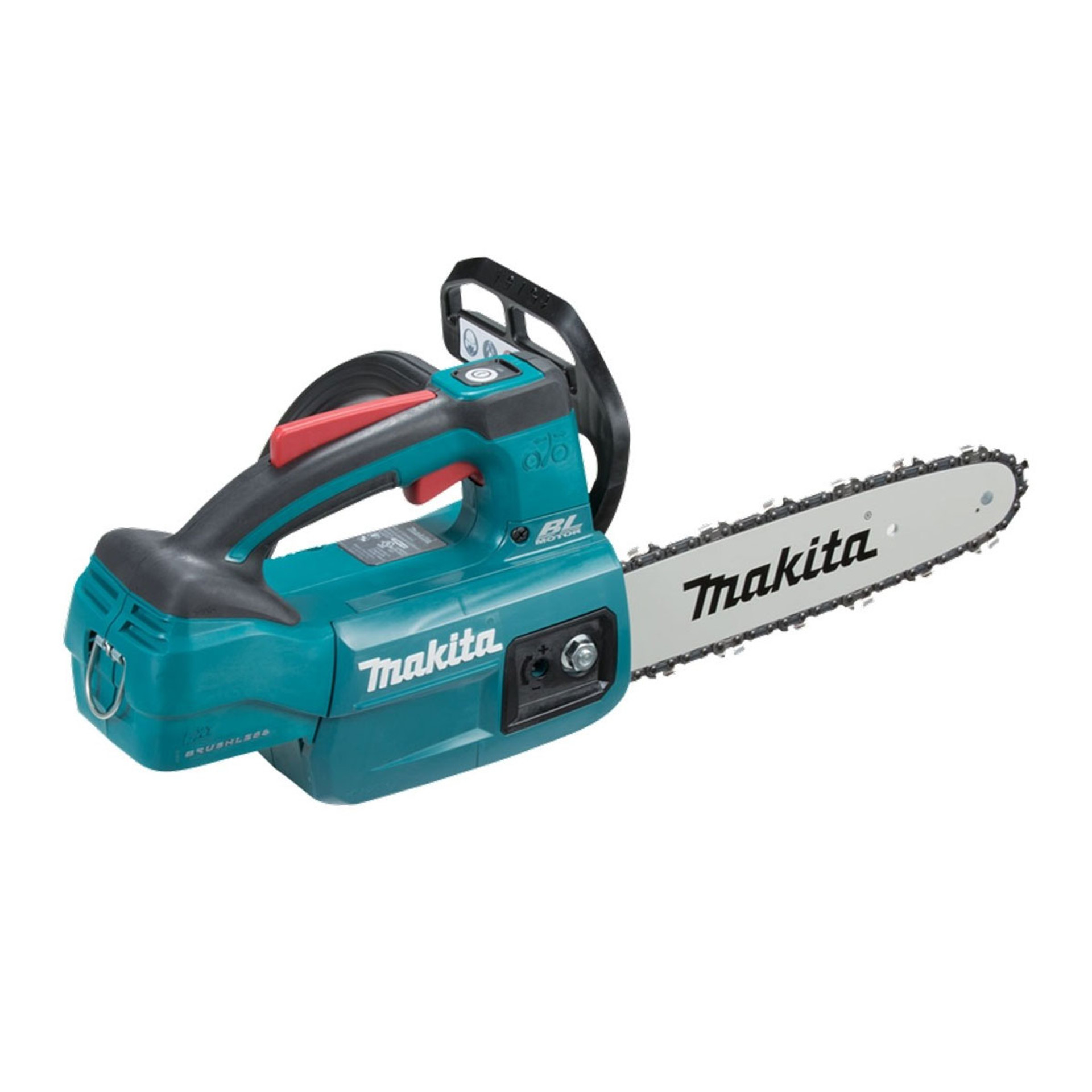How to Prepare Your Cordless Garden Tools for Winter

Cordless garden tools have made outdoor work easier and more flexible, but keeping them in good condition requires some care and attention. Proper cleaning, good battery habits, and proper off-season storage can all have a significant impact on how long your equipment endures and works. In this article, we will cover the simple actions you can take to maintain your equipment, care for your batteries, and carefully store everything when the gardening season ends. With a few simple steps, your tools will remain dependable and ready for use year after year.
Cleaning and Maintaining Cordless Garden Tools
One of the easiest methods to keep cordless garden tools operating well and lasting longer is to keep them clean. After every use, a few minutes of maintenance keeps the cutting elements operating well, avoids dirt accumulation, and lessens the load on the motor. Frequent inspections also assist you in identifying wear indicators before they develop into expensive issues.
Cleaning and Maintenance Steps
- To avoid accumulation, remove the batteries before cleaning and then brush away any grass, sap, dirt, and other debris.
- To avoid making the motor work harder than it needs to, completely clear the vents.
- Blades should be regularly cleaned and sharpened since dull edges and dried sap lower cutting quality and increase tool strain.
- To reduce the chance of spreading plant diseases, keep blades clean.
- After cleaning, properly dry all metal components before lightly oiling them to prevent rust.
- Check the tool for worn parts, loose screws, casing cracks or damage to moving parts.
- Resolve small problems right away to prevent long-term performance loss or safety hazards.
Storing Tools During the Off-Season
Proper tool storage protects them from moisture, dust, and inadvertent harm.
Storage Tips:
- Choose the Right Environment: Keep tools in a dry, temperature-controlled area. To avoid rust, warping, or electronic damage, keep away from extreme humidity, freezing temperatures, and intense heat.
- Always remove lithium-ion batteries before storing tools: Storing batteries separately lowers the possibility of inadvertent activation, short circuits, and battery degradation.
- Store tools safely: By placing them on shelves or hanging them from wall hooks to avoid accidental knocks, falls, or crushing. Avoid stacking tools, as this can damage parts and pose safety risks.
- Dust and Debris Protection: Cover tools with a cloth, plastic cover, or storage bag to keep dust, cobwebs, and debris off motors, vents, and moving parts.
- Maintain Accessibility: Keep frequently used tools within reach, while storing others in a secure, organised manner to decrease the chance of harm when accessed.
These measures ensure that your tools stay in good shape and are ready to use when the following gardening season begins.

Understanding Lithium-Ion Batteries
The most popular type of power source for cordless garden tools is lithium-ion batteries. They are susceptible to temperature extremes and faulty charging; therefore, regular maintenance is required for optimal performance and lifespan.
Daily Battery Maintenance
- Charge after each usage, but do not overload.
- If not used for an extended period of time, keep partially charged (40-60%).
- Avoid exposure to high temperatures.
- Before using, inspect the item for cracks or damage.
- Only use chargers certified by the manufacturer.
Getting Your Batteries Ready for Winter Storage
Maintaining your batteries properly during the off-season is crucial, not optional. Storing lithium-ion batteries at the optimum charge level and conditions can significantly prevent self-discharge and cell damage. This way, when spring arrives, your tools will still have functioning batteries and be ready to use.
Steps for Battery Storage:
Step 1: Clean Terminals
Before storing, use a dry cloth to clean any dirt, dust, or debris from the battery connections. Avoid using water or chemical cleansers since moisture might cause a short circuit and harm to the battery. Keeping terminals clean prevents corrosion and promotes a secure connection when the battery is reconnected.
Step 2: Charge Partially
Lithium-ion batteries should be kept around 50% charged. Keeping a battery fully charged or entirely discharged might strain the cells and promote ageing. Maintaining a mid-level charge preserves capacity and extends the battery’s lifespan.
Step 3: Store in a Cool, Dry Location
Batteries should be stored in a cool, dry environment with stable temperatures between 10°C and 25°C. Avoid places with excessive heat or cold, as both can permanently diminish performance. Keep batteries away from direct sunlight, dampness, and combustible items.
Step 4: Check Periodically
Check batteries for damage, swelling, or low voltage every three to six months while they are in storage. If the charge dips below 40%, charge to the recommended level. Regular checks prevent unexpected battery failures and keep your tools ready to use.
Step 5: Store Separately from Tools and Chargers
Batteries should not be left attached to tools or chargers while being stored. Storing them separately lowers the possibility of inadvertent charging, damage, or short circuits. Using the original packaging or an insulated, fire-resistant container provides an additional layer of protection.
By following these methods, you can keep your lithium-ion batteries healthy and reliable, ensuring that your cordless garden tools are ready to use when the next gardening season begins.
Conclusion
Maintaining cordless garden tools and batteries doesn’t have to be complicated. Regular cleaning, lubrication, inspection, proper storage, and careful battery care ensure your tools remain reliable, efficient, and ready for use year after year. By following these simple steps, you’ll protect your investment and enjoy effortless gardening every season.
Frequently Asked Questions (FAQs)
1. What is the optimal charge level for Li-ion batteries in long-term storage?
To avoid cell stress and premature ageing, lithium-ion batteries should be stored at 40-60% charge rather than fully charged or entirely discharged.
2. What is the safe storage temperature for Li-ion garden-tool batteries?
Batteries should be stored in a dry environment between -10°C and +50°C to avoid long-term performance degradation caused by severe heat or cold.
3. Should batteries be removed from tools before winter storage?
Yes, batteries should be removed from tools before storage to avoid damage and allow for thorough off-season maintenance.
Need some help with your order? Our new help centre has a wide range of helpful articles and guides!
If you have any additional queries, please do not hesitate to contact us below:







